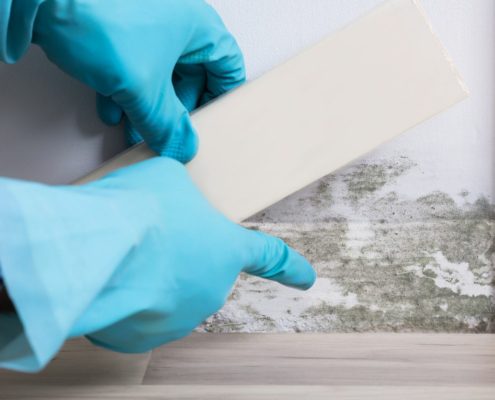Scheduling Your Inspection Has Never Been Easier
Thank you for choosing Beta Property Inspections, LLC! Call 330.310.1730 for a quote, or schedule completely online below!
When you schedule your home inspection online, you will receive a confirmation email.





